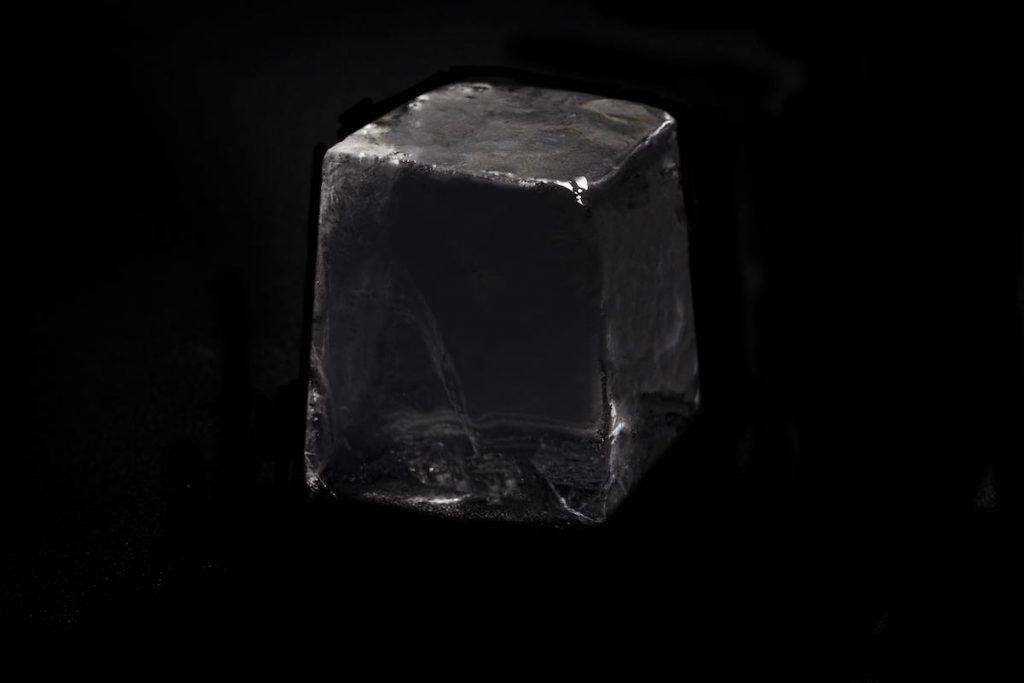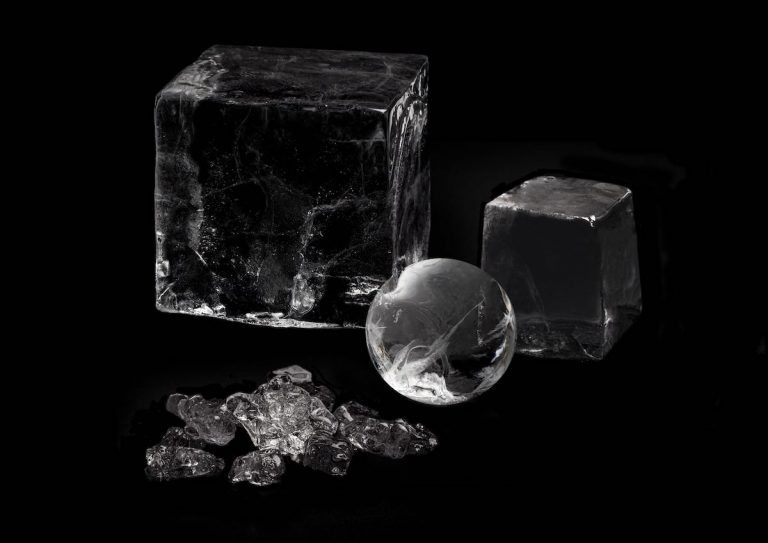"Many years later, as he faced the firing squad, Colonel Aureliano Buendía was to remember that distant afternoon when his father took him to discover ice." It is the opening line of one of the most evocative book of the 20th century, the ancestor of magic realism in which past and future meet, mixing magic and technology as parts of the same matter in the Buendía family saga. The one in One Hundred Years of Solitude that opens with a giant ice block, a natural and uncontrollable element: if the ability to create fire is a primitive conquest, that of making ice is recent history…which has also passed through Sicily.
The history of ice in Sicily
Although Sicily is linked to the sun, Sirocco and scorching temperatures, ice production actually boasts a long history here: there was a time when the region was even among the top producers in Europe. Once, on the Madonie mountains (and on Mount Etna as well), there was the ‘neviere’ tradition, namely holes dug in the ground to collect snow and store it until early summer, when the ice blocks were carried on mules to Trapani, Agrigento and Caltanissetta by the ‘nivaroli’, true ice merchants. They continued a tradition whose traces seem to go back as far as the 11th century, and without them we would not have had one of the island’s symbols: the granita. It was not an easy task, since it required the right technical expertise to deal with the snow accumulated in the holes, which was first pounded to compact it, then covered with straw to create thermal insulation and, once ready, cut by skilled workers into 50-60 kg blocks and carried on mules or on carts to the coast.
The Spada family, ice and the new factory
After World War II, however, everything changed. The category of nivaroli melted like snow in the sun, and the new refrigeration technology began to take hold for ice production. The Spada family’s progenitor immediately realized the trading potential and, as early as 1950, he had the intuition to set up one of the first ice block productions in addition to his meat business. But it was with the second generation that the sub-zero world took over: 30 years ago, in 1992, Vincenzo Spada founded Centro Catering, a company that became a reference point in southern Italy for frozen food wholesale. The story could stop here, but instead the third generation, represented by Giuseppe Spada, took up the challenge and relaunched with a new entrepreneurial adventure: the creation of a high-quality ice factory that meets precise characteristics of purity, clarity and dilution.

Ice in mixology
Ice not only cools down, but it has also the ability to transform the matter, so much so that in mixology it enhances flavor profiles, just as fire does in cooking (Patrick Pistolesi also told it us some time ago). In the world of mixology, the art of choosing the right type of ice underlies the creation of a drink: dilution, the ability to chill, constancy, purity and even forms are basic elements for any venues with quality-focused offerings. This awareness has led many large bars to equip themselves with the best ice making machines. But since for most bartenders this kind of technologies are unaffordable, the trend of buying quality ice is emerging here in Italy as well, also thanks to new ambitious entrepreneurial projects, such as the large ice factory that is about to open in Sicily, led by a guy under 30.
Sword ICE: raw material and technology
Like any food product that strives for excellence, the first step for ice as well is a quality raw material: near the historic necropolis of Pantalica, enclosed within the pristine Anapo River basin and contained in the limestone of the Climiti Mountains, gushes crystalline water that is the basis of Sword ICE. Then, there is another key element for the creation of a pure and clear cube: technology. Here Spada has set no limits, so much so that he gave rise to Italy’s most advanced factory, designed to have the lowest environmental impact.
State-of-the-art technologies have been imported from Japan (i.e., the world-famous Hoshizaki, 53 machines working in unison with an effective daily capacity of about 11,000kg) and from America (Vogt tube ice maker for cylindrical-shaped ice, with an effective daily production of about 20,000kg) to have two independent and automated production lines, powered by photovoltaic energy and environmentally friendly mixtures.
In this 4.0 production plant, automation rules the day, controlling every process step, from reverse osmosis, cube sorting, cube drying, to the two futuristic robotic islands intended for packaging that allow a pallet to be ready every 12 minutes.
Sub-zero refrigerated trucks are already carrying the freight from the island to the rest of the country, but the real challenge will be in the coming months: in summer, the demand will boost considerably, but the factory is ready, and so is the Spada family. The incipit of another family saga begins with a cube of ice.


 Wine promotion, vineyard uprooting, and support for dealcoholised wines: the European Commission's historic compromise on viticulture
Wine promotion, vineyard uprooting, and support for dealcoholised wines: the European Commission's historic compromise on viticulture A small Sicilian farmer with 40 cows wins silver at the World Cheese Awards
A small Sicilian farmer with 40 cows wins silver at the World Cheese Awards Women are the best sommeliers. Here are the scientific studies
Women are the best sommeliers. Here are the scientific studies Where to eat at a farm stay in Sicily: the best addresses in the Provinces of Trapani, Palermo, and Agrigento
Where to eat at a farm stay in Sicily: the best addresses in the Provinces of Trapani, Palermo, and Agrigento Wine in cans, bottle-fermented, and alcohol free: the unstoppable change in Gen Z’s tastes
Wine in cans, bottle-fermented, and alcohol free: the unstoppable change in Gen Z’s tastes






